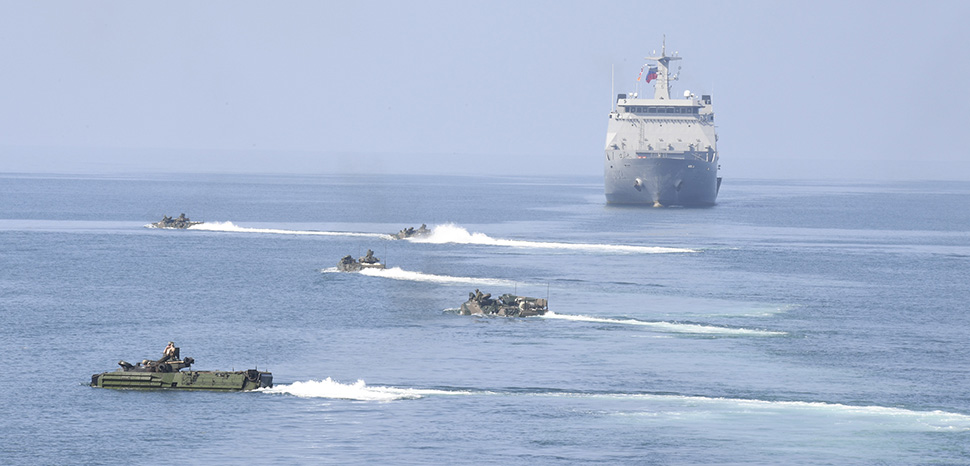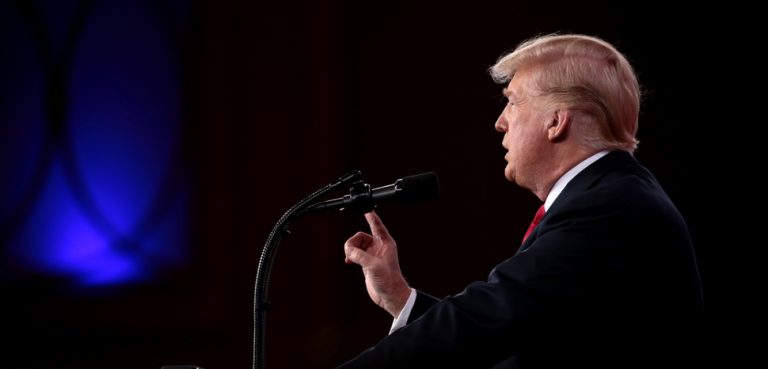The Law of the Sea Treaty, alternatively recognized as the United Nations Convention on the Law of the Sea (UNCLOS), serves as a global agreement outlining regulations for oceanic governance. It encompasses various aspects, including the division of oceans into distinct zones, such as territorial seas under the jurisdiction of coastal nations and international waters open to all. Additionally, it establishes guidelines for activities such as fishing, pollution control, and mineral extraction from the seabed. It also outlines a mechanism for resolving maritime disputes among states.
The UNCLOS treaty boasts a membership of 168 countries, along with the European Union. Additionally, 14 United Nations Member States have signed UNCLOS but have yet to ratify it. Notably, only 16 United Nations Member and Observer States have refrained from both signing and ratifying UNCLOS. Among them is the United States of America, which has signed but not ratified the treaty.




